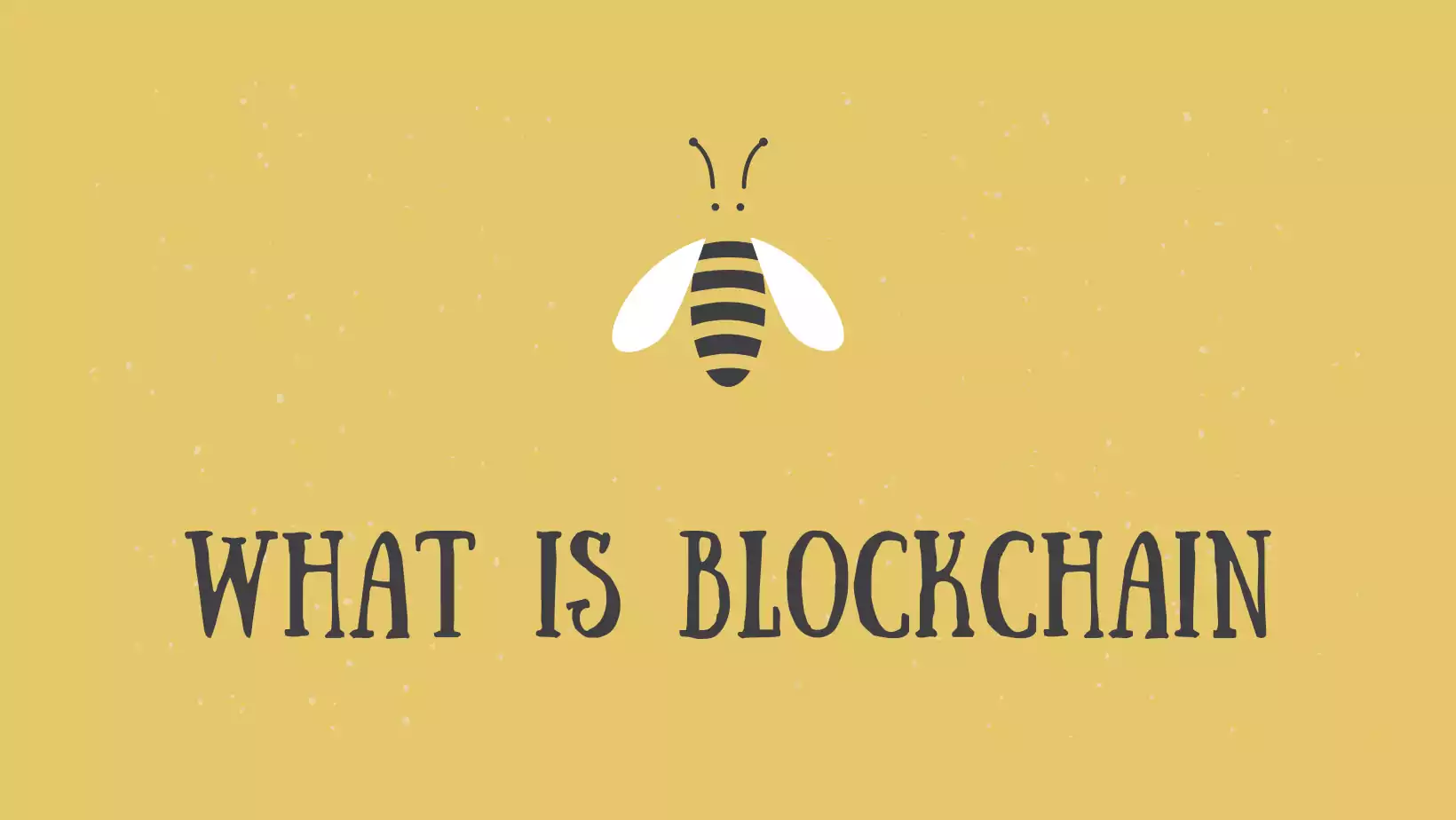It is a digital ledger of assets which are known as blocks or records, similar to a family tree, or as the city-planning system, which has all the buildings on it.
The blocks are linked in a way that allows them to be viewed as if they were a contiguous graph or as a section of an eternal book, which is called a blockchain. Each block is a transaction with a link to the block before it. The blocks are also immutable. Each time a new block is written, it can never be changed. On the blockchain, all transactions – the first transactions – are registered with a timestamp and a transaction number.

This is possible because there is a distributed database which can be accessed in real-time. It is not tied to a single person, organisation or government. The graph of blocks and the ledger are mirrored and mirrored. Blockchain information can also be shared with anyone else in the network via a link and it is an irreversible record, with hash algorithm.
A cryptographic hash is a data structure that becomes progressively shorter over time, the closer it gets to the original data. A hash function is a mathematical operation that transforms an input into a hash that has a very specific structure. The first generation of many hashes will be very similar to each other. The second generation will be the same structure as the original input. The third generation is like the difference between night and day.
The fourth generation has all the characteristics of a new input. No two hashes are the same. These hashes can also be used to create mathematical proofs. This means that the blockchain can be used as a way to verify the authenticity of anything that is stored on it. Not only with money, but with any record of any nature, such as email, legal contracts, medical records and photographs. The blockchain contains the transaction data, but it does not contain the money or the person who transferred it.
This prevents double-spending and tampering with money. Transactions are made by typing the key and the amount into the system, and pressing the send button, this means that the transfer happens when a copy of the private key or the copy of the account balance is entered on a Bitcoin account. It is the only way that a transaction can be recorded on the blockchain. After a transfer is made, the public key of the receiving address is published, making it possible for anybody to copy the transaction data and copy the address.
Once it is done, it is impossible to remove the information, even if the owner of the private key wanted to do so. The public key acts as the address. The addresses and the transaction data are linked on the blockchain in a way that creates an automatic registry of transactions that are stored for all the people in the network to see. The currency in the system are called Bitcoins. This means that the size of a single bitcoin is 1/1018. One hundred trillion is equal to 10,000 billion, or one billion. One bitcoin is one hundred million, or one thousand billion.
The top 1% of bitcoin holders have more than ten million. The minimum unit in a Bitcoin transaction is called a satoshi. A satoshi is 1/10,000 of a bitcoin. This means that a bitcoin cannot be smaller than 0.1 satoshi. A very small fraction of the Bitcoin network, about 5%, controls over half of all the bitcoins. The economic organisation of the Bitcoin network is governed by a group of technologists, called the miners. There are several methods to join the network.
A new Bitcoin is created by a group of people called a mining pool when they come together in what is called a blockchain which is a file which is published to the Bitcoin network and is maintained by many miners on the network. Once the entire mining group has verified the blockchain, it is created.
The entire process takes about ten minutes to make a Bitcoin. The next step is for a person or organisation to send a message to the Bitcoin network about the fact that it has been created and to get the corresponding amount of coins. The message is a text file which is called a transaction. It is a way to record the transaction information about the transaction.
The Satoshi Nakamoto Bitcoin Foundation is the worldwide authority on Bitcoin. It publishes the academic research and development on the technology, and is the main source of support for the developers of the Bitcoin technology. The Satoshi Nakamoto Foundation is the non-profit corporation which was created by Satoshi Nakamoto.
The foundation has three main areas of activity: Promotion of research into, and development of, Bitcoin; providing assistance for Bitcoin development and use, and providing financial assistance to others who have been injured by (or who are sympathetic to) the technology. The Foundation is committed to contributing to the furtherance of Bitcoin as a world-leading technology.
